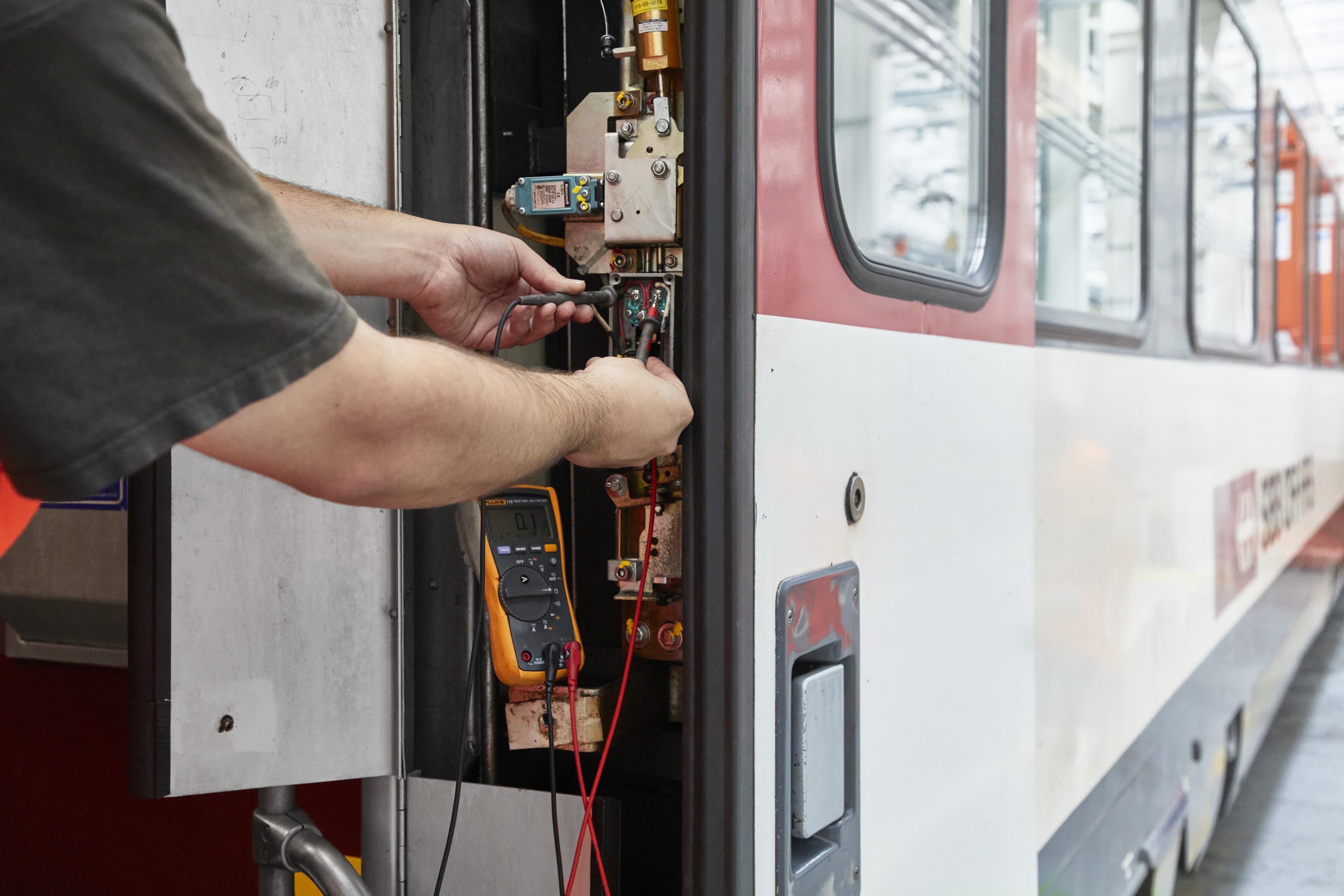SBB: Carefully examine the door death trap
SBB has reviewed the dispatch process following the fatal accident of a train conductor. As a further immediate measure, the railroad is subjecting all doors of the EW IV car type to a special check. The first errors have already been discovered.

This much should be anticipated: The tragic cause of the accident in the case of train boss Bruno R. (54) in Baden AG on August 4, 2019 has not yet been clarified. As always in such cases, this task is the responsibility of the Swiss Safety Investigation Authority (Sust). But SBB has initiated immediate measures.
Defective pinch protection
The existing handling process (see box) has been closely scrutinized by Swiss Railways. The first conclusion is that it is safe for employees and passengers and has proven itself in practice.
The pneumatic anti-trap protection of the doors on the IV unit cars (EW) is not so great. As of today, it is known that the anti-trap protection was the train chief's undoing. He became trapped and was dragged along by the Interregio, with fatal consequences. The closing force should have been deactivated automatically, but this did not happen.
The problem is not entirely new. Since 2014, 86 passengers have been trapped in train doors, as Patrick Hadorn, Head of Safety and Quality, explained at the SBB media briefing in mid-August. The passengers mostly sustained "only" minor to moderate injuries, with two people suffering serious injuries. The door has also become an entrapment trap for ten SBB employees - including six train conductors - since 2016. The injuries were of a minor to moderate nature, SBB said. They went on record at the media event to say that Unit IV cars undergo routine inspections every seven to ten days. What's more, every 60 days, a specific maintenance check is due for each car: for example, whether the doors close without resistance. The anti-trap protection is also checked in depth. This is even checked with a defined block three centimeters thick. SBB also carries out maintenance work on the doors at regular intervals: The drives, for example, are lubricated every 240 days.
Special inspection: five defective doors discovered
As a result of the tragic accident, the railroad is now carrying out a special inspection of the nearly 500 Unit IV cars: All safety elements of the doors will be checked. According to SBB, it will take six to seven weeks until this is implemented. So far, five doors have been found to have failed anti-trap protection.
The railroad is analyzing the entire anti-trap technology in detail. Initial tests have revealed a previously hidden defect. The result is that the anti-trap protection on EW IV carriages works in UIC mode, but reacts less sensitively than specified. SBB has since informed the Federal Office of Transport and the safety investigation authority Sust about this hidden defect.
Remove car type from circulation?
Based on current knowledge and SBB's safety assessment, it is not necessary to take the Einheitswagen IV out of service, Federal Railways stressed. Based on the ongoing Sust investigation, the accident was not related to the hidden defect.
The wagon type in question, which was purchased in the 1980s, is to remain on the rails for longer. The EW IVs would remain in service until the 2030s - from the 2020s, however, only as reinforcement modules together with the double-deck IC2000 express train cars.
SBB points out that the new generation rolling stock had additional safety elements such as light barriers and sensors in the area of the doors compared to the EW IV car type.
This is how the clearance process works
The train attendant gives the driver permission to depart by SMS or via the orange check-in box on the platform and boards the train. He then activates the door closing by means of a UIC closing command. The door where the closing command is given remains open. The conductor then observes the closing process from inside the car at the next door and then closes his own door with the button. The locking indicator lamp in the driver's cab, which lights up when the doors are open, goes out. The locomotive driver may now depart.









